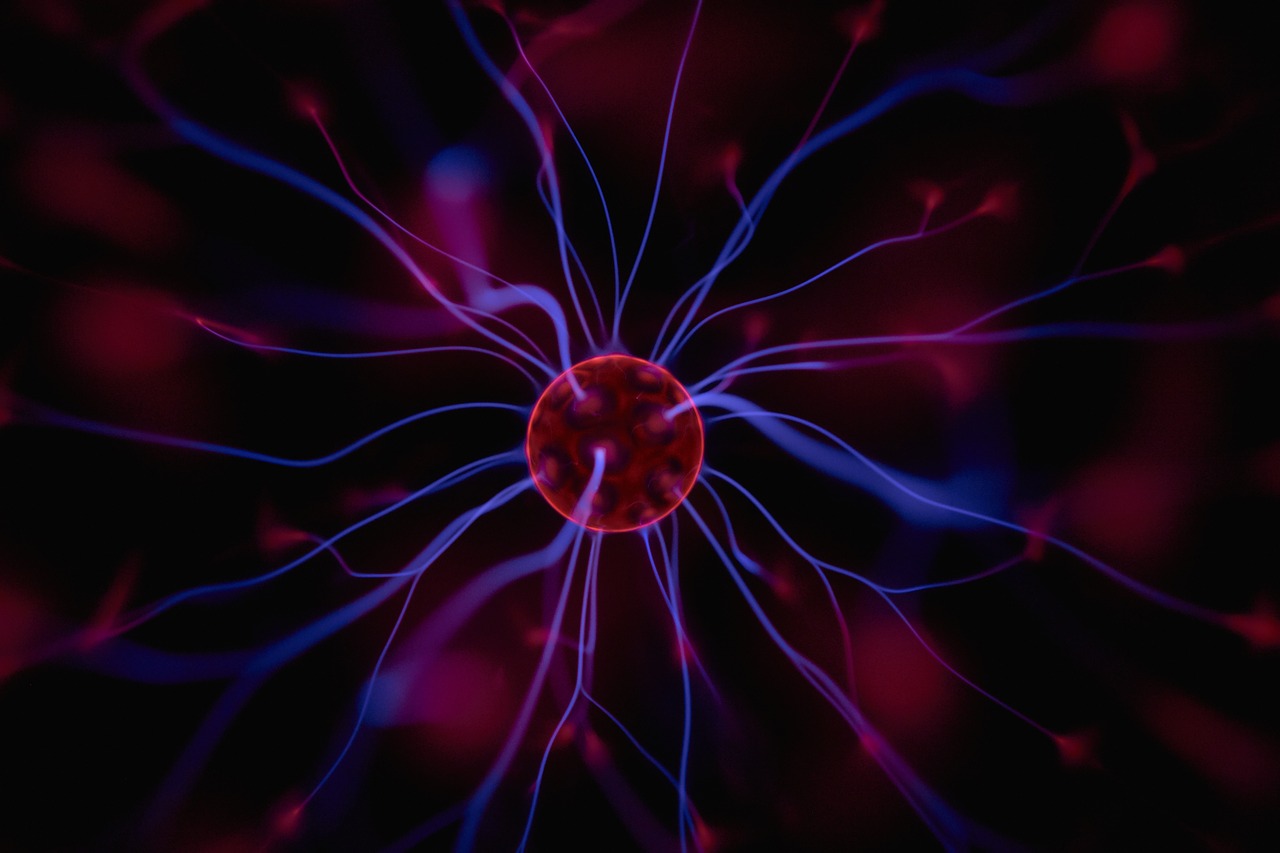In news
Department of Science & Technology (DST), Govt. of India, will unravel the fundamental properties of massive neutrinos and explore the interesting signals of New physics in upcoming high-precision neutrino oscillation experiments.
Neutrino
It is a subatomic particle that is very similar to an electron, but has no electrical charge and a very small mass, which might even be zero. Neutrinos are one of the most abundant particles in the universe. Because they have very little interaction with matter, however, they are incredibly difficult to detect.
Background
- Over the last two decades, several world-class experiments have firmly established the phenomenon of neutrino flavor oscillation which implies that neutrinos have mass and they mix with each other.
- Since neutrinos are massless in the new particle physics, also called Basic Standard Model of particle physics, there is a need to invoke BSM physics to accommodate non-zero neutrino mass and mixing.
- Several interesting BSM scenarios such as sterile neutrinos, non-standard neutrino interactions, neutrino decays, dark matter - neutrino secret interactions, and so on may affect the production, propagation, and detection of neutrinos.
Way forward
- Probing of BSM effects at very high (TeV-PeV) energies (beyond the reach of modern colliders) will be done by detecting astrophysical neutrinos from cosmic distances using giant neutrino telescopes such as Ice Cube at the South Pole, future Ice Cube-Gen2, and KM3NeT in the Mediterranean Sea.
- There are plans to investigate these BSM scenarios at low (MeV-GeV) energies using accelerator and atmospheric neutrinos travelling terrestrial distances.
- Future high-precision accelerator long-baseline neutrino oscillation experiments such as DUNE in USA, T2HK in Japan, and atmospheric neutrino experiment at the upcoming India-based
- Neutrino Observatory (INO) facility are supposed to measure the mass-mixing parameters with a precision of around a few %, and therefore, these upcoming experiments may be sensitive to various sub-leading BSM affects, which Sanjib is going to explore with his group at IOP.
- The research is global and in tune with the international research program in neutrino physics.
- Scientists will investigate the role of high-energy astrophysical neutrinos detected by big neutrino telescopes to reveal new fundamental particles and interactions, probing energy and distance scales far exceeding those accessible in the laboratory.
- Various BSM scenarios will be investigated that may affect the outcome of currently running and upcoming high-precision neutrino oscillation experiments.
Source: PIB





